The nation’s love affair with Rosé continues to grow year-on-year. Rosé Champagne is the second largest cuvée type shipped to the UK and has become synonymous with summer. This year in particular, with the much-anticipated film Barbie being released, there seems to be a total craze for all things pink. Victoria Henson, Director of Champagne Bureau UK, has put together an expert guide to Rosé Champagne for those who want to celebrate “la vie en rosé”.
Not only is Rosé Champagne having a moment and becoming increasingly fashionable by the day, but these wines are absolutely delicious and can range from very light to full-bodied. They offer a wide spectrum of aromas, some are full of freshness, with hints of citrus fruits and strawberries; others, in contrast, are smoother and more powerful, such as ripe yellow and small red fruits. As these wines age, their aromas develop notes of dried fruit and spices – offering a unique versatility that not all styles can.
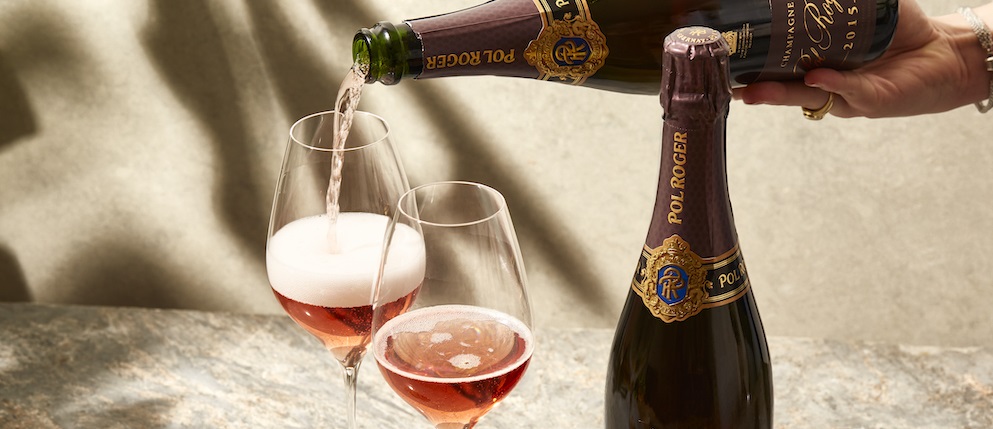
The pink colour in Rosé Champagne ranges from baby pink to an intense raspberry tone.
In terms of colour, Rosé Champagne comes in every conceivable shade of pink, from soft pink to salmon, peach and even darker raspberry pink. Unbeknown to many, Rosé Champagnes’ distinct and aesthetically pleasing hue can be produced in two ways: blending or macerating. Blended Rosés are obtained by mixing white wines with a small amount of red wine (produced in the Champagne region), usually five to 20 percent; this is the most commonly practiced method. In contrast, macerated Rosés are created by macerating the juice of black grapes in their skins from 24 to 72 hours, according to the year and the colour. This is essentially the bleeding of the black grape skins into the white wine. Whatever production method is used, Rosé Champagne’s iconic pink bubbles are always prevalent.
Rosé is one of the most versatile and food-friendly styles of Champagne, as the depth of flavour combined with acidity allows it to be paired with a wide variety of foods. Rosé Champagne wines have a flamboyant joyfulness that combines excellently with dishes of unfamiliar flavour and fragrance to create new, warm and refined harmonies. Currys, tajines, white meats glazed with pineapple, figs or coconuts and other dishes from the East or Far East go beautifully with Rosé Champagne – provided you maintain a sense of balance and avoid overwhelming the palate with ’explosive’ combinations.
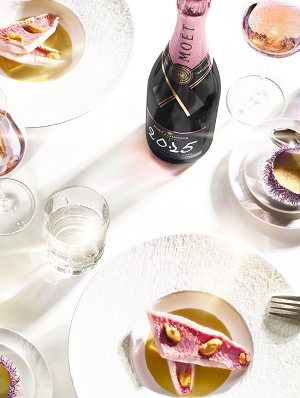
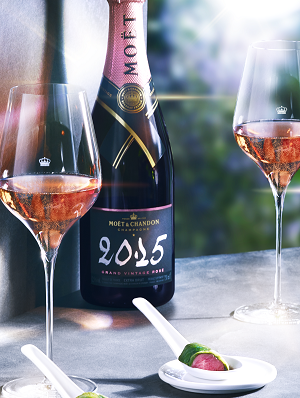
Rosé Champagne is incredibly versatile and can be paired with a large variety of dishes, from the lightest white fish to intense red meats such as duck or pigeon.
Finding the right pairings also depends on the type of rosé you are selecting. Lighter rosés pair best with deep water fish, served with fruits such as lemon or crispy vegetables, as well as sushis, sashimis and tempuras. More fleshy rosés need robust food with flavour: tasty ‘red‘ meats such as duck, pigeon, beef and lamb seasoned with warm (cumin, saffron) or ‘hotter’ spices (white, grey or black pepper), and stews. Mature rosés (refined, old vintages or ‘cuvée spéciale’), need practically no accompaniment. Bring out their special nature with dishes of delicate simplicity and subtle fragrances with lightly marinated shellfish or lightly sautéed whitish meats sprinkled with mild spices. Complex, mature rosé Champagne calls for oriental dishes of the most refined kind.
If you’re looking for a food pairing that screams summer just as much as Rosé Champagne, then look no further than the British summer classic of strawberries and cream – originally introduced by Thomas Wolsey (the right-hand man to King Henry VIII) and now a staple of the Wimbledon Championships since its establishment in 1877 – Rosé Champagne’s fresh aromas and complex wild berry fruit notes are an excellent companion to this British staple.
THE fruit of the English summer, strawberries, pairs beautifully with Rosé Champagne thanks to its fresh aromas and complex wild berry fruit notes.
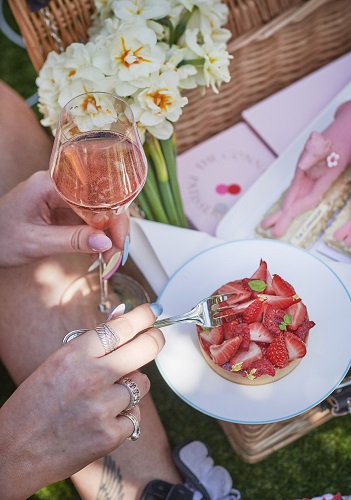
With pink being so in vogue and drinks turning the same colour for summer, now is the perfect time to explore the wonderful world of Rosé Champagne. For that purpose, our Editor-in-Chief, Julia Pasarón, has selected four of her favourite pink bubbles as a suggestion of how to start your rosé journey.
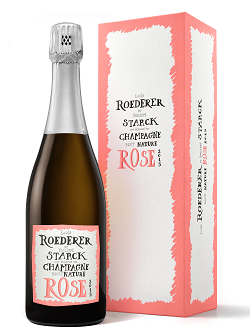
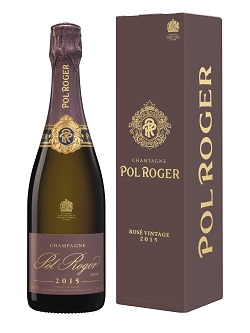


From the left: Louis Roederer et Philippe Starck Brut Nature Rosé 2015, Moët & Chandon Grand Vintage Rosé 2015, Pol Roger Brut Rosé Vintage 2015 and Laurent-Perrier Cuvée Rosé.
For full disclosure, I must mention that my selection is very biased to the champagnes I like. I am sure there are many others out there that will be as good as the four I am presenting to you here, but these are the ones in my cellar this summer. Cuvées from 2015 feature heavily because they are particularly intense and complex, both on the nose and on the palate. In 2015, the winter in Champagne was unusually sunny, early spring much warmer than the average and summer very hot (the hottest since 1961) and dry, which led to a very good ripening of the grapes. The right amount of rain in the run-up to the harvest meant that overall, this was a very good year for Champagne.
LOUIS ROEDERER ET PHILIPPE STARCK BRUT NATURE ROSÉ 2015
Deliciously refined, this wine is 50 percent Pinot noir, 3 percent Chardonnay and 13 percent Meunier. A five-day Pinot noir infusion is followed by the addition of field blend juices from Pinot noir and the other grapes. The end result is elegant and beautifully balanced. Intense pink in colour, its slow moving bubbles enhance the release of all its aromas, which range from citrus and red fruits to honey and gingerbread. Consequently, it first tastes fresh and juicy, slowly coating your palate and turning into something sweeter, more sensual. It is great with food, especially with dishes that are very intense in flavour (smoked fish) or complex (Asian cuisine); so much so, that it can even take Korean spices, thanks to the exotic notes of Sichuan pepper, pink grapefruit, wild strawberry, fresh ginger, and of course, its incredible freshness makes it great with fatty meats, including Wagyu beef.
Available from The Finest Bubble and Hedonism Wines among others.
MOËT & CHANDON GRAND VINTAGE ROSÉ 2015
Moët & Chandon’s Grand Vintage Rosé 2015 is the 45th vintage rosé in the company’s history. This deep garnet pink champagne is a blend of 52 percent Pinot Noir (red), 2 percent Chardonnay and 21 percent Meunier. Spicy on the nose with notes of wild berries and refreshing garrigue, and in the palate, it feels powerful (that’s the Pinot Noir dominating) and in line with its aromas, spicy, with a hint of bitterness. If you love Indian food and never know what to pair it with, this would be my choice. Available, among others, from Clos19 and Selfridges.
POL ROGER BRUT ROSÉ VINTAGE 2015
Made of a blend of 50 percent Pinot Noir (red) and 35 percent Chardonnay. The Pinot Noir is vinified “en rouge” and added to the blend prior to the second fermentation. The result is a wine salmon-pink in colour with tints of orange, set off by fine bubbles. Its initial nose is dominated by red fruit, such as cherry and raspberry, with a hint of rose petals, all leading to a beautiful freshness. The palate is in balance with the nose – both of equal intensity and richness. It feels fresh and citrusy at the start before revealing its red fruit heart. Available at many retailers, such as House of Malt and Selfridges.
LAURENT-PERRIER CUVÉE ROSÉ NV
Last, I am giving you a break from the 2015 cuvées, and instead, present to you a non-vintage Champagne that I am confident will become a staple of your summer fridge. Made of 100 percent Pinot Noir grape, this wine follows the more unusual macerating process, which, together with a meticulous sorting of the grapes, guarantees an optimum extraction of colour and aromas from the Pinot Noir grapes and gives it extra depth. The result is a very dry champagne, salmon pink in colour, with intense red fruit flavours underpinned by chalky mineral and peppery notes. Food wise, this is great with your aperitif – think charcuterie boards – or with berry desserts. By the way, a little bird told me that, if you manage not to drink all that you buy, it can be stored in a cool place for several years and surprise you – in a good way – when you then open it. Widely available, these are two of the retailers that stock it: The Finest Bubble and Wines Direct.
Opening image: Rene Asmussen, Pexels.





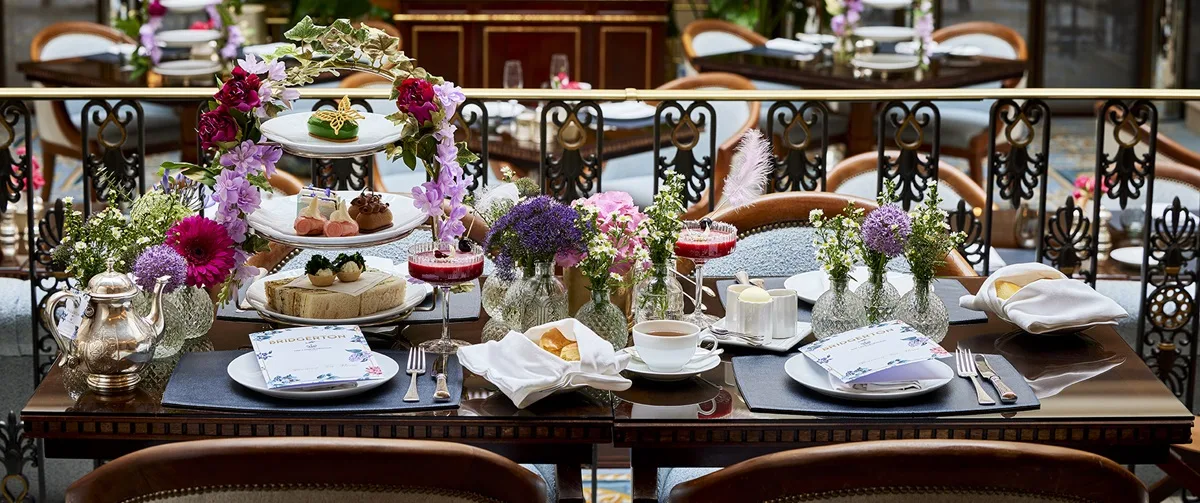
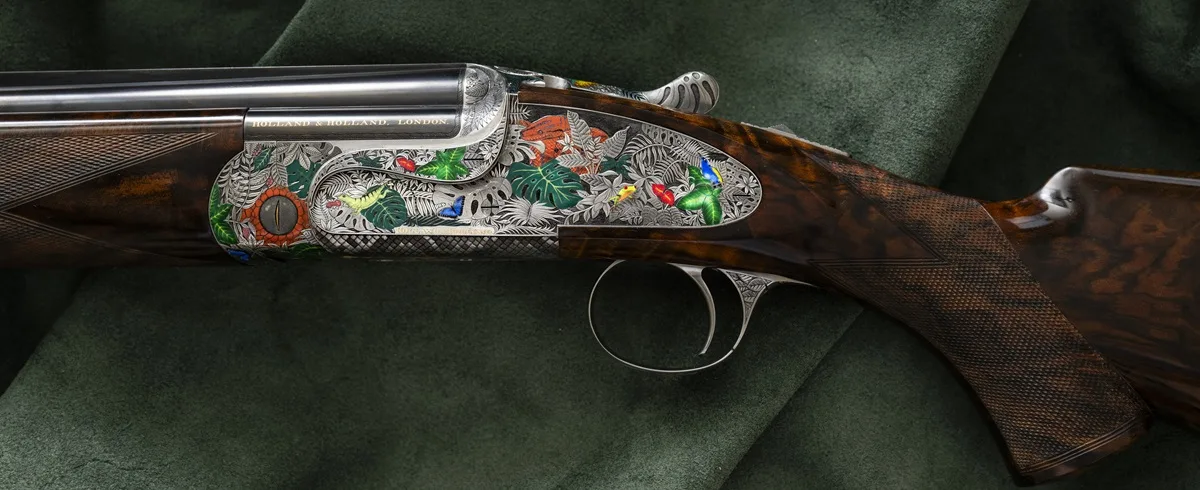
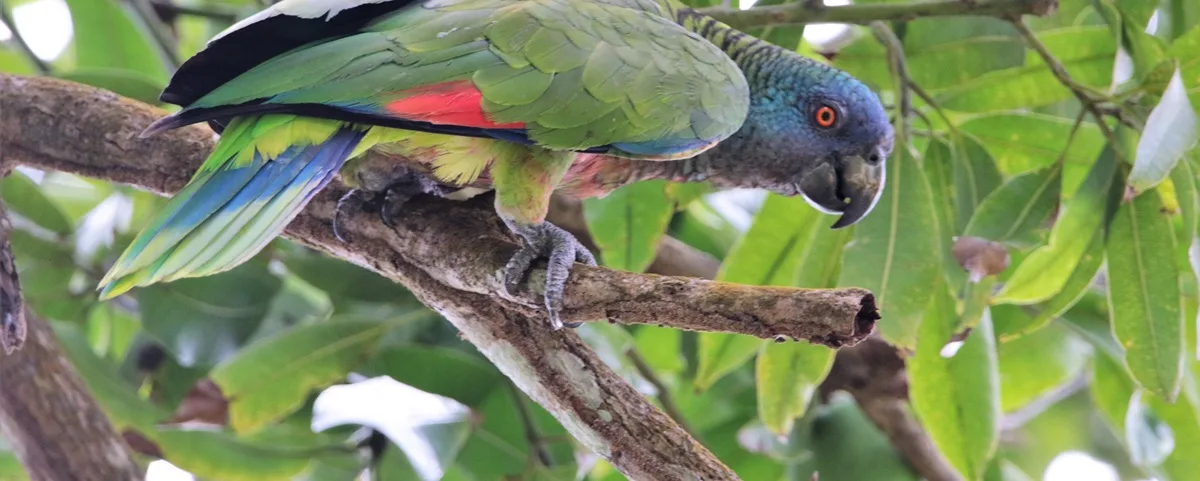

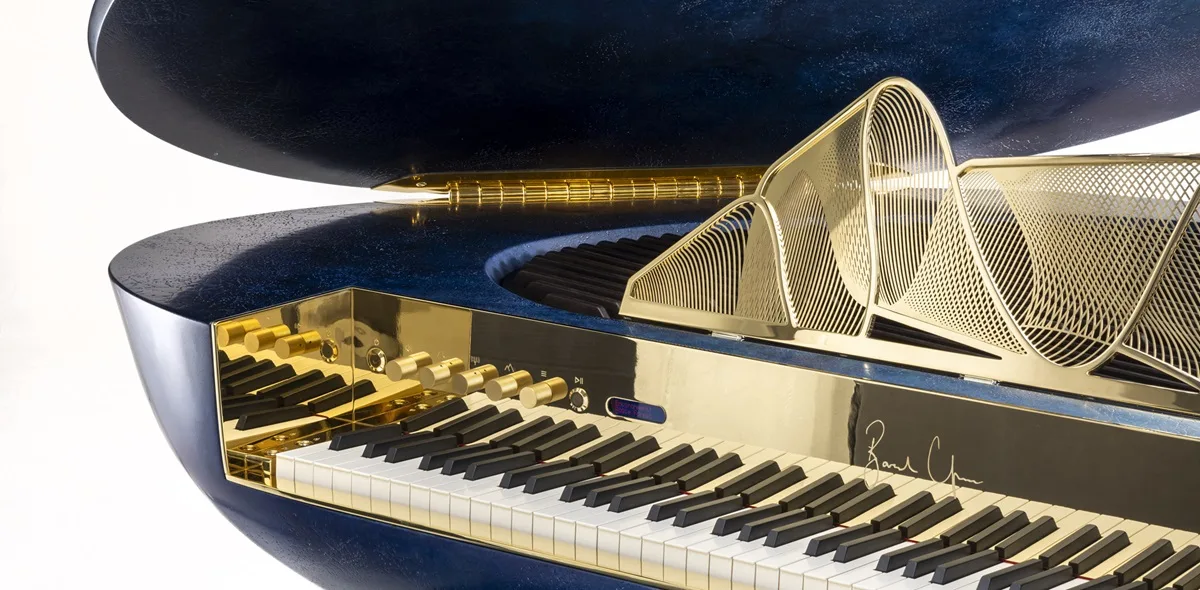
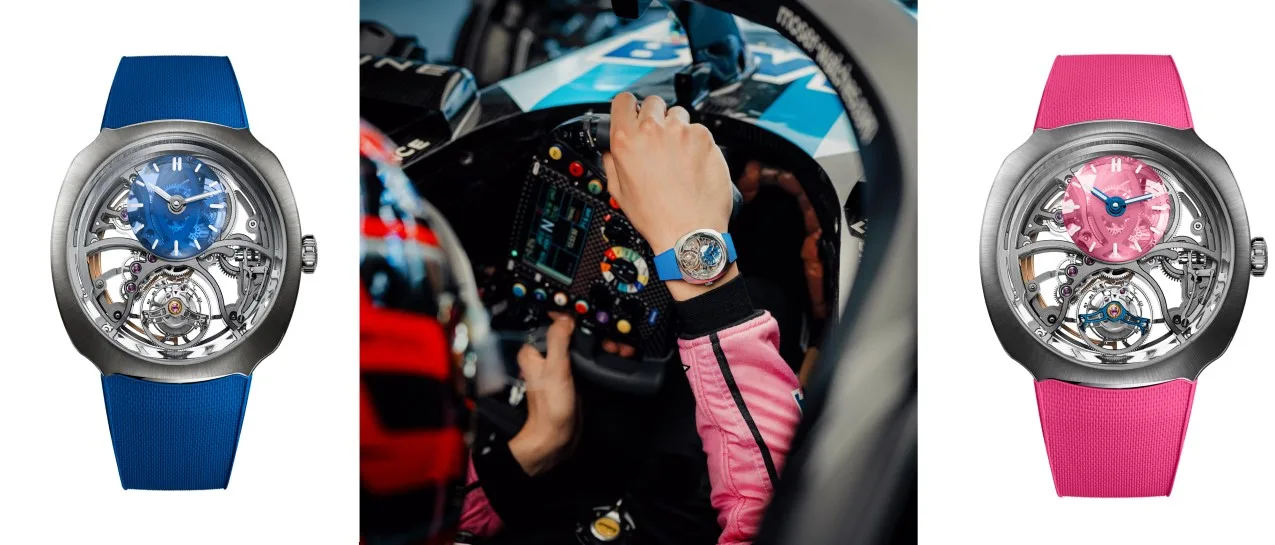
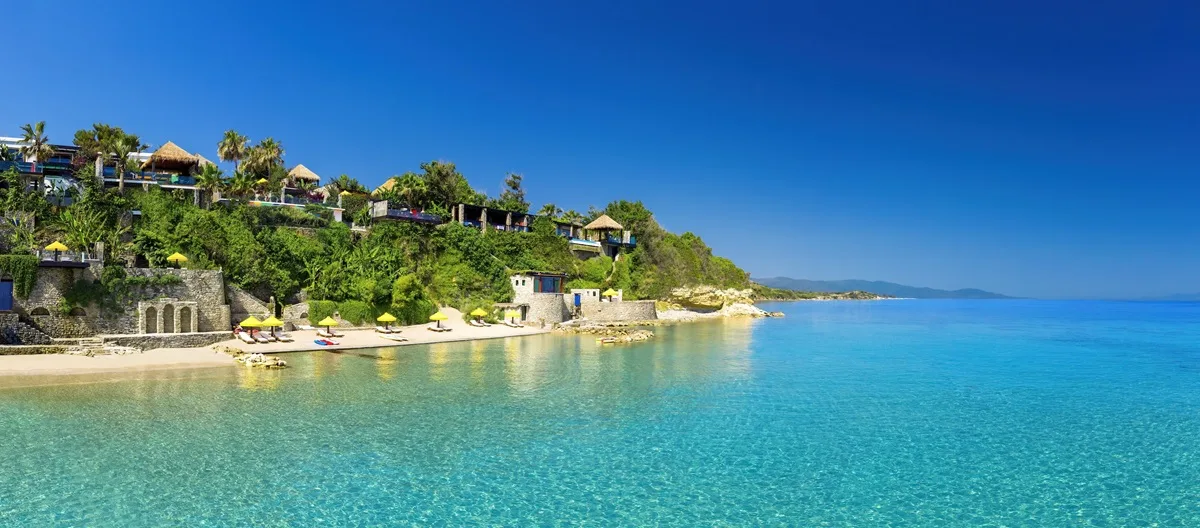


Show Comments +